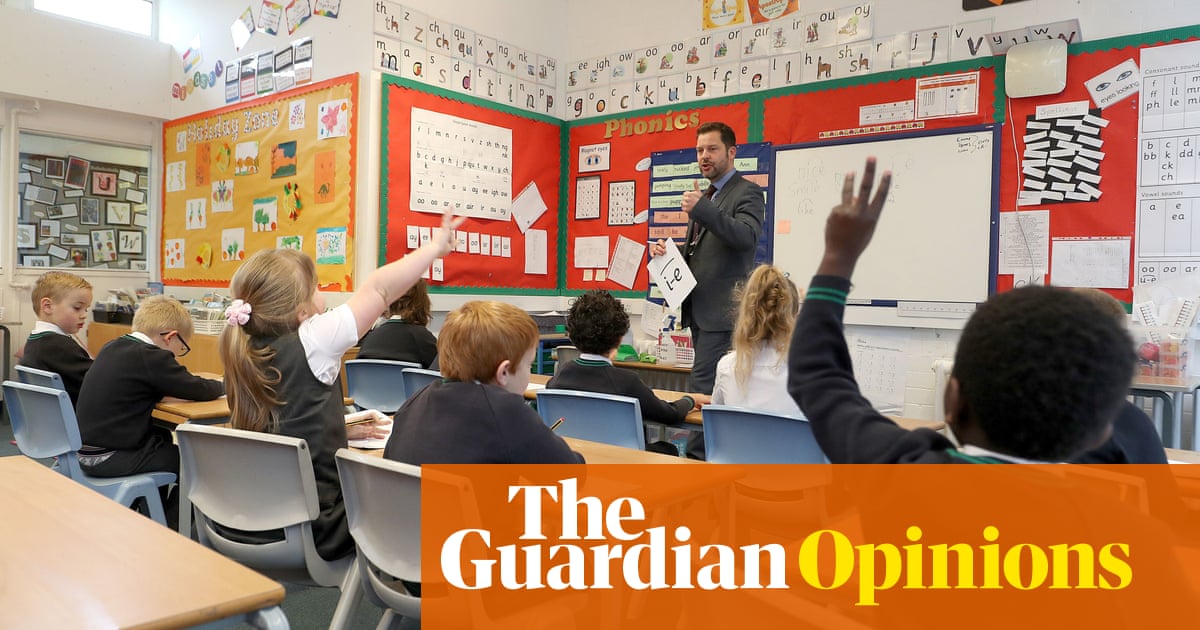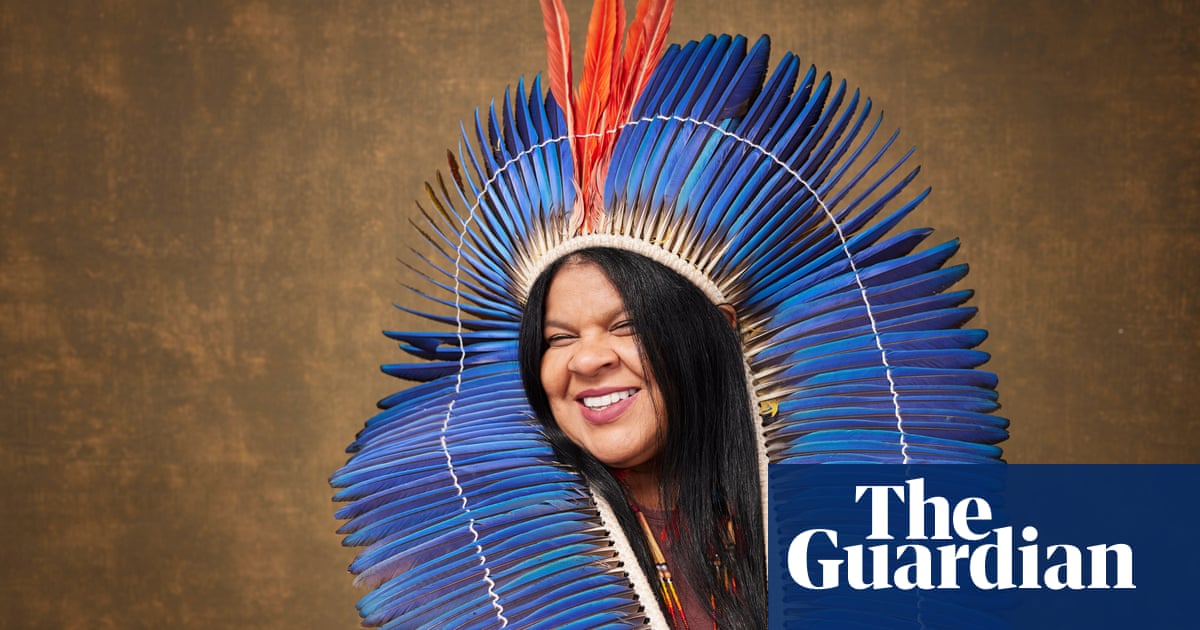
There are 8 billion people on the planet today, a number so vast as to be almost unimaginable. In a world this complex, it’s easy to shrug off the global issues and focus on our own lives, and what is in front of our faces.
Back in 2021 I was thinking about a different way to approach this. What if our global population could be shrunk down to a size that we can all get our heads around? I was drawn to the idea of the world as a “global village”, which is the sort of phrase you often hear without thinking much about, and I wondered: what if the whole world was an actual village?
A village of 100 people. I think most of us can get to grips with that. If each of those 100 residents represents 80 million people in the real world, we have a model that is simple and numerically easy to scale. That was the beginning of what became If the World Were 100 People, the book for which I and the illustrator Aaron Cushley have amazingly just won the Royal Society’s young people’s book prize.
I began with the basics. How many men and women are there? It’s about 50/50. And how many children? Roughly 26: one in four of us is a child. About 750 million people live in Europe and 4.8 billion in Asia, which is valuable data, but the numbers make my head swim. Yet I can grasp the idea that 10 of our villagers are European, five are North American, while 60 are Asian. More importantly, children can too.
How many of us have brown, blond or red hair? And what are the most common eye colours? If, like me, you grew up in Ireland, you may think the world is full of people with red hair and green eyes; but it turns out we’re as rare as unicorns, globally speaking. People in Britain may think blue eyes are as common as brown, when in fact our brown-eyed global villagers outnumber them nine to one. Facts like these, universal and immediate, can help children realise that the world is much bigger than the place where they find themselves. And not just children.
There’s something about numbers that prompts all sorts of questions in a child’s mind, encouraging a spirit of inquiry. Simple questions such as: why do most of our villagers (75) live in the northern hemisphere? Because it’s where most of the land is. Tough questions, too – most children who will have a chance to read my book have a roof over their heads and a bed to sleep in, but the terrible truth is that 20 of our villagers do not have a safe home.
The word “safe” here needs a little unpacking. An unsafe home is one that hasn’t been zoned or planned and isn’t legal. It may not have electricity or clean, running water. One in five of us live in these shantytowns, favelas and city slums, and theirs is the district of our village that most children and adults don’t see.
More alarming to discover is that 89 of us have enough food, while 11 do not. Think about that – 11 people in our village are at risk of starvation, or are actually starving. At the same time, one-third of the food we produce goes to waste. In the book, these facts are presented simply, and with little comment (though look closely at Aaron’s illustrations – they tell their own story).
For a child, the solution may seem simple: use the over-produced food to feed the hungry 11, rather than throw it away. As adults we know the complexity of the factors that create this situation, and sometimes that complexity allows us to forget how grotesque it is: the stark simplicity of the numbers reminds us.
If this sounds like heavy going, let me reassure you, there are many reasons to be cheerful. Take technology, for example. In the 34 years since the invention of the world wide web, 59 of our villagers have gained internet access, while it’s estimated that the number will rise to 90 by the time this decade is out. Or take literacy. Two hundred years ago, only 12% of adults worldwide could read and write; today, 86 of our adult villagers are literate.
Another tough question, left till last: is there enough money for everyone? The numbers are still breathtaking even when we know they’re coming: 10 lucky inhabitants own 82% of all the wealth in the village, meaning the other 90 own the remaining 18% between them. In total, 23 live on less than £3 a day. Just knowing these bare facts should prompt questions in the classroom about how this can be, whether it is fair, and what can be done about it.
Ultimately, this is a way to introduce children to a different way of thinking about the world. Numbers, data and maths underpin the writing. Adults use numbers all the time. We collect numbers, analyse, interpret and present them as data: the science we call statistics. My book shows children that when we interrogate numbers and data, information and stories unfold that tell us so much about our world.
Jackie McCann is a children’s writer and editor, and the author of If the World Were 100 People












